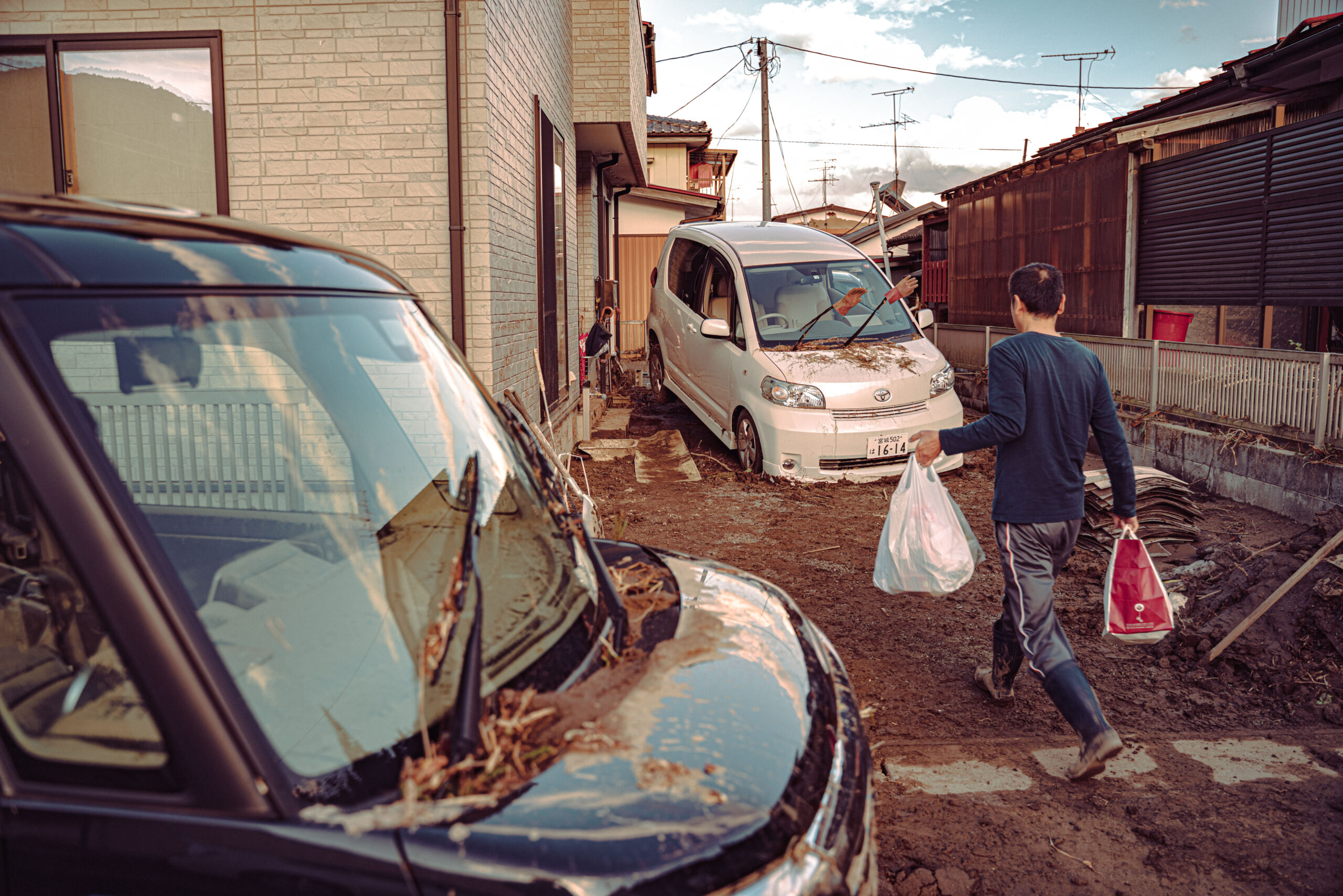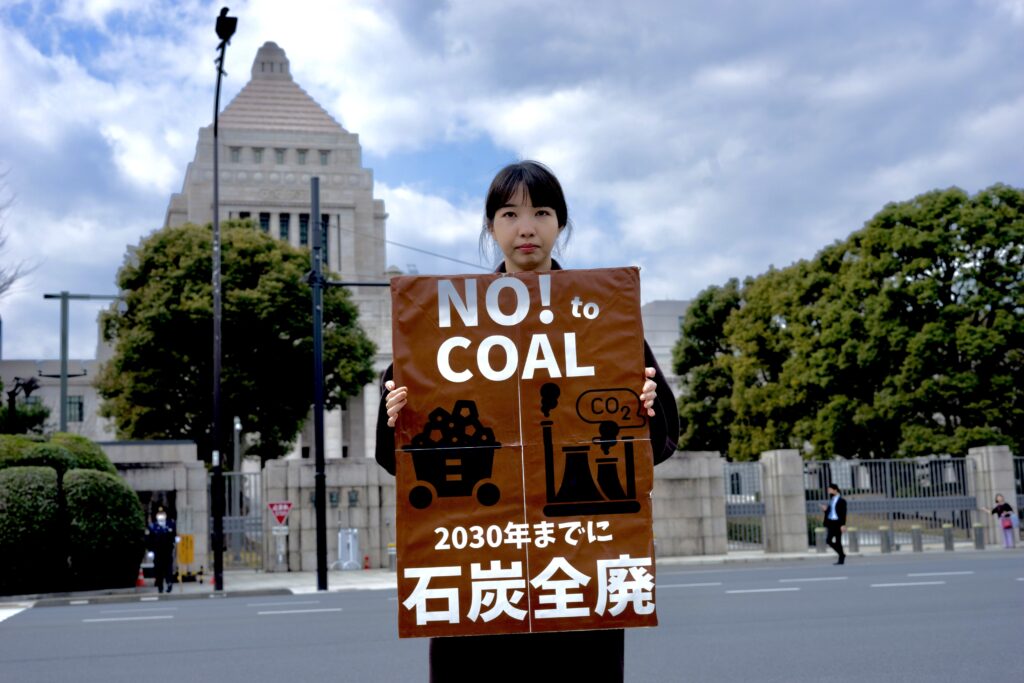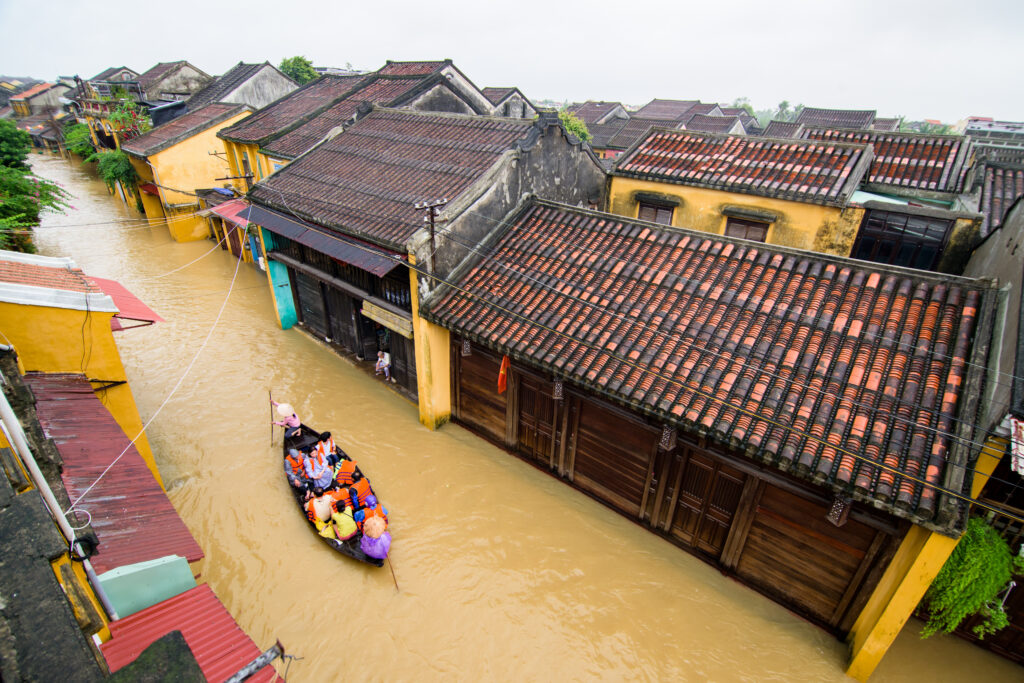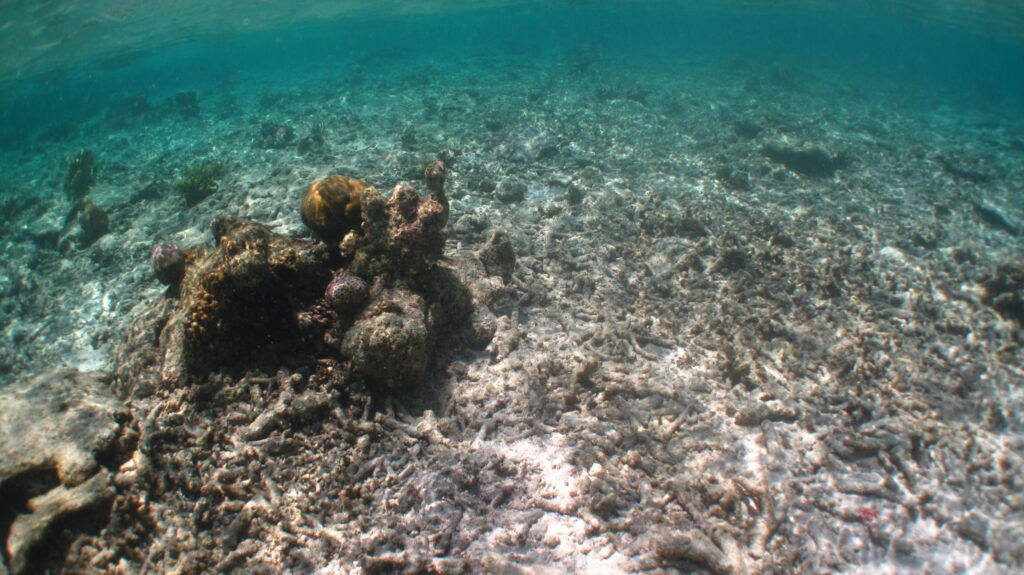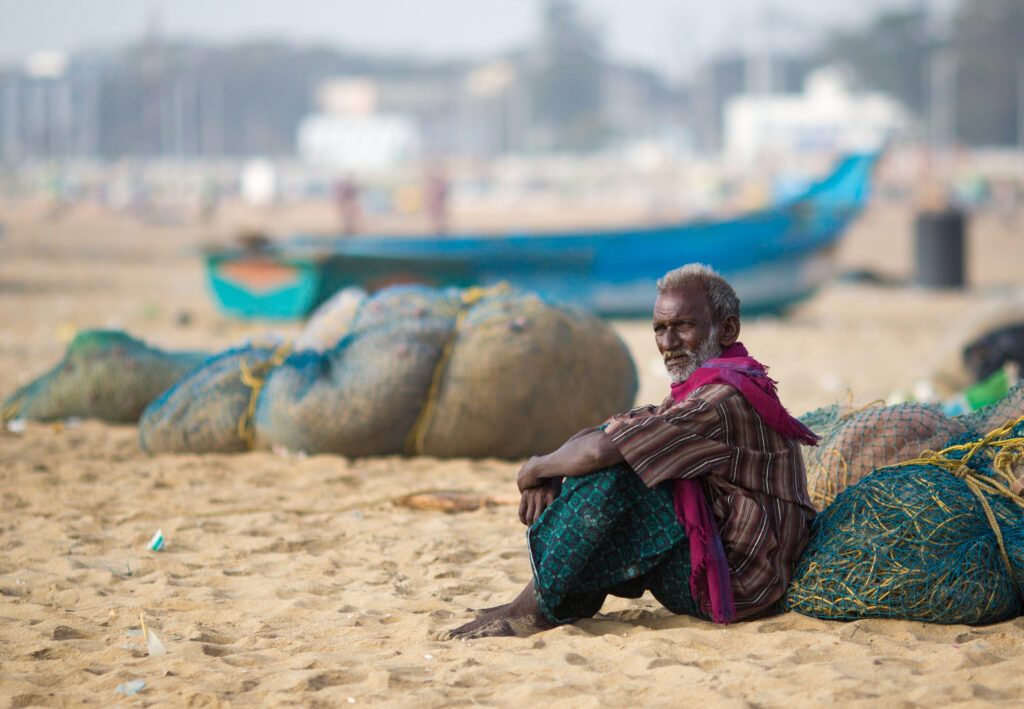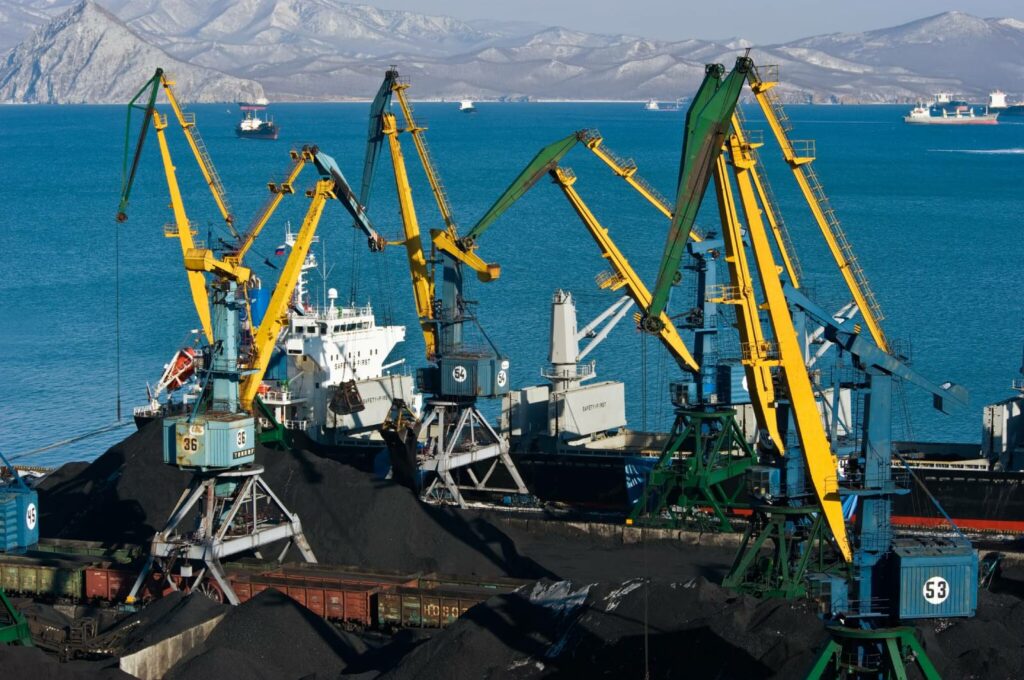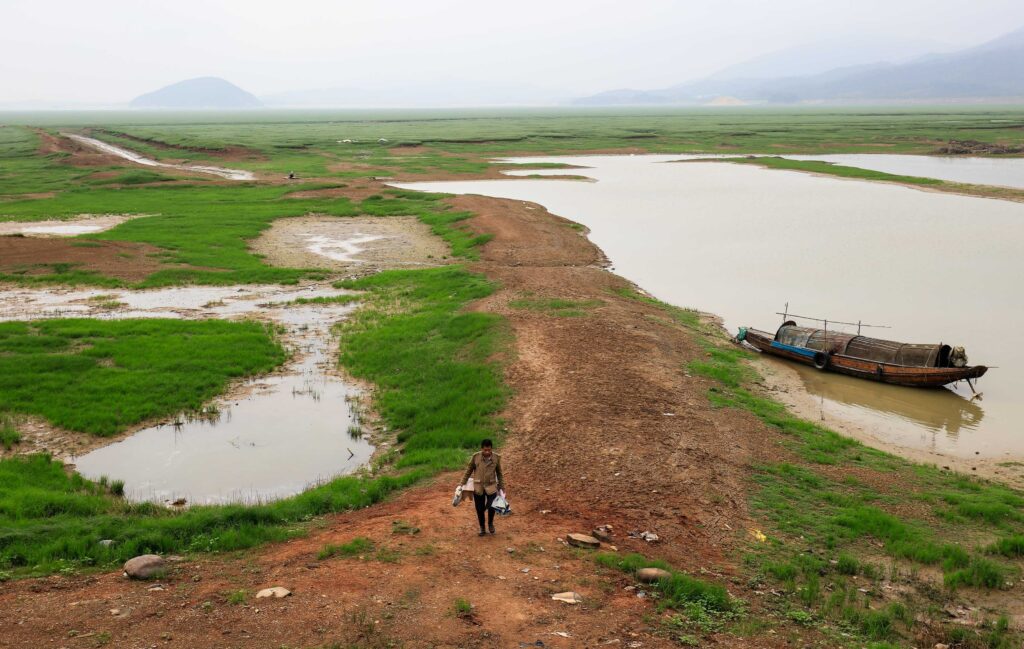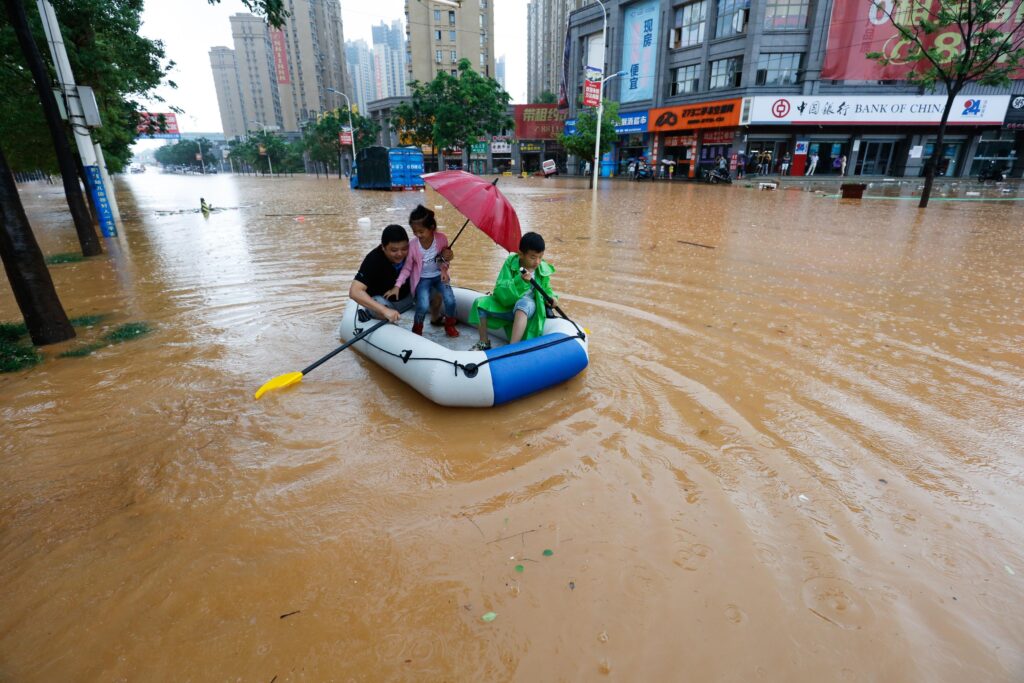Japan’s climate change impact is trending upwards. In the summer of 2022, Japan experienced its hottest summer on record. For several days, the country’s power grid teetered as power consumption soared, and residents were asked to conserve power and reduce air conditioner usage even as temperatures climbed well above 35°C in the capital, Tokyo.
In fact, 2022 was the fourth straight year that Japan saw a record-high average temperature. Furthermore, due to global warming and changing climate, it is likely that the heatwaves will not only become more common, but they will also continue to break records. Indeed, high temperatures are just one of many climate change impacts that affect Japan. According to the recently released Intergovernmental Panel on Climate Change (IPCC) Sixth Synthesis Report, Japan also faces an increased risk of flooding, stronger and more frequent typhoons and sea level rise. But what should worry the Japanese government, even more, is the impact that climate change could have on supply chains.
Japan will also be affected by the consequences of changes that happen elsewhere as climate change affects international supply chains, markets, finance and trade, according to the IPCC report. This could mean higher food prices and costlier disruptions to the operations of major Japanese companies, as well as other effects and economic impacts.
Supply Chain Risk and Economic Impacts of Climate Change in Japan
Japan is a resource-poor country, relying on imports to fuel its economy and feed its population. The country’s largest companies, like the automaker Toyota or the electronics giant Sony, either operate factories abroad or rely on sourcing key materials from countries like China, Thailand, Indonesia and Malaysia, all of which are already being impacted by climate change.
In fact, climate change impacts have already harmed many Japanese companies’ operations. In 2020, northern Thailand was hit by heavy flooding, forcing Toyota, Honda and Isuzu to shut down production at several plants. Climate change is, according to the IPCC, expected to make flooding worse in Southeast Asia due to a greater risk of high-volume precipitation events. This is partly why Japanese companies rank at the top of the list of global automakers vulnerable to climate-change risks.
It could get even worse. As a densely populated country with little arable land, Japan imports around 60% of foodstuffs from abroad. There’s a real risk that, in the future, there might be shortages or increased costs, as, according to a report from McKinsey, “the countries that Japan relies on for imports are forecast to experience significant adverse impacts from climate change.”
How Is Japan Fighting Climate Change?
In 2021, Japan announced a goal to achieve carbon neutrality by 2050 and has moved away from financing overseas coal plants. But this is not nearly enough, and there are concerns, in particular, about how domestic plans rely on technologies like carbon capture and storage (CCS), as well as co-firing ammonia and fossil hydrogen for power generation.
“We are concerned about these fossil fuel-based technologies,” says Makiko Arima, Japan finance campaigner at Oil Change International, to Climate Impacts Tracker Asia. “While Japan claims that these technologies emit zero emissions… they are all based on fossil fuels.”
There is much more that Japan could still do to reduce greenhouse gas emissions and become carbon neutral. Japan has lagged in deploying renewables like wind, solar and geothermal, which currently only account for about 10% of electricity generation in the energy sector. Moreover, as a developed country and member of the G7, Japan also has a responsibility to do more to support climate change adaptation in developing countries, including the ones that Japan depends on for imports.
What Is Japan Doing To Reduce Carbon Dioxide Emissions in Southeast Asia?
On the surface, Japan looks like a leader, meeting its “fair share” of climate finance for developed nations. But much of that is loans, and according to Arima, some of the finances are being designated to support the same worrying technologies Japan is pushing domestically.
“We are also concerned about Japan’s interest in promoting these fossil fuel-based technologies in other parts of Asia and derailing the region’s energy transition,” says Arima, pointing to efforts like the USD 10 billion Japan contributed to the Asia Energy Transition Initiative, which aims to promote hydrogen use and carbon capture and storage.
Japan should invest more in grants and aid climate change adaptation measures, helping the global community and countries like Thailand prepare for extreme weather events and natural disasters. This would not only protect the interests of Japanese companies but also improve regional food security. Not taking action would only worsen the climate crisis and economic impacts on Japan.
The G20 Climate Risk Atlas provides a blunt warning for Japan: “Without urgent action, heatwaves will last more than fifteen times longer – and agricultural droughts lasting 22% longer.” It adds that “The combination of sea level rise, coastal erosion and fiercer weather will cause chaos for Japan’s economy.”
Drawing down emissions both at home and abroad for Japan is in both its regional and national interests. The longer it waits, the costlier climate change’s impacts become.
Nithin Coca
Journalist, Japan
Nithin Coca covers climate, environment, and supply chains across Asia. He has been awarded fellowships from the Solutions Journalism Network, the Pulitzer Center, and the International Center for Journalists. His features have appeared in outlets like the Washington Post, Financial Times, Foreign Policy, The Diplomat, Foreign Affairs and more.
Nithin Coca covers climate, environment, and supply chains across Asia. He has been awarded fellowships from the Solutions Journalism Network, the Pulitzer Center, and the International Center for Journalists. His features have appeared in outlets like the Washington Post, Financial Times, Foreign Policy, The Diplomat, Foreign Affairs and more.

